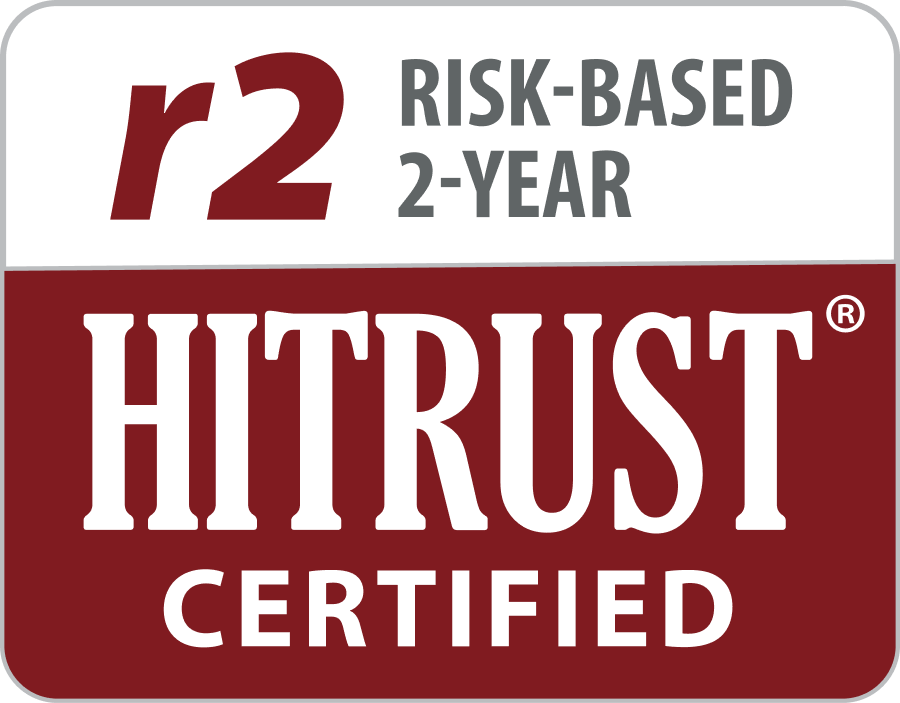The metrics related to the average number of retrieved charts and coded charts per unit of time (day, week or month) are crucial for effective project planning and successful completion of any retrospective chart review program. By monitoring these metrics, managed care organizations can gauge the efficiency of retrieval and coding processes, allocate appropriate resources and meet submission deadlines. Let’s delve into the significance of these metrics and how they can be used for optimal project management.
- Efficient Project Planning
Accurate project planning is an essential first step to ensure that the retrospective chart review program stays on track and meets its objectives. By establishing target averages for the number of retrieved charts and coded charts per day, week or month, organizations can create a roadmap for their teams. Project managers and people leaders can use data to set realistic goals and checkpoints, allocate resources effectively and prioritize tasks based on projected volume of work.
- Meeting Submission Deadlines
Retrospective chart review programs are typically aligned to meet specific regulatory deadlines, such as encounter data submission or Risk Adjustment Data Validation (RADV). Meeting these deadlines is crucial for compliance and programmatic success. By tracking the average number of retrieved and coded charts over time, organizations can proactively identify any deviations from the projected pace. This allows prompt corrective action and ensures that necessary work is completed within the stipulated timeframe.
- Identifying Workload Variations
Functional groups within managed care organizations may experience fluctuations in workload throughout the year. Certain seasons or months may see higher chart retrieval volumes due to specific deadlines or patient utilization seasonality trends. By monitoring the average retrieved and coded charts per day, week or month, organizations can identify workload variations and plan resource allocation accordingly. This may involve adjusting staffing levels, outsourcing or other strategies to manage workload variabilities efficiently (e.g., temporary staffing or using shared services groups within the organization). This data can inform decisions regarding staff training, process streamlining or investments in technology enhancements needed to achieve higher productivity and resource efficiency.
- Resource Allocation and Optimization
An efficient retrospective chart review program requires proper allocation of resources, including personnel, technology and infrastructure. The data on average retrieved and coded charts helps organizations assess resource needs accurately. If the average volume is consistently higher than expected, additional resources may be necessary to maintain productivity and quality. If the average volume is lower, resources can be used for other essential tasks or projects. Aligning support from shared services groups such as information technology or contracting/procurement at the optimal time during the project lifecycle is key to reduce bottlenecks that hinge on contracting or technology upgrades.
- Continuous Performance Improvement
Monitoring the average retrieved and coded charts per day, week or month provides an opportunity for continuous performance improvement. Whether the function is handled internally or is conducted by a trusted vendor partner, regularly analyzing these metrics allows organizations to identify barriers, inefficiencies or opportunities for optimization in the retrieval and coding processes. Addressing these issues enables the program to become more efficient and effective over time, leading to improved outcomes and risk score accuracy.
Continuous monitoring and analysis of these metrics provides valuable insights for performance improvement and enables organizations to adapt to changing demands effectively. Ultimately, achieving optimal averages leads to better risk score accuracy and a successful retrospective chart review program.
ATTAC Consulting Group has the expertise and experience to keep accuracy of risk scores in the forefront of your organization’s Risk Adjustment program. With a pulse on the latest CMS and OIG trends, and the knowledge of where to look, ATTAC is uniquely positioned to aid in your organization’s Risk Adjustment retrospective programs.

